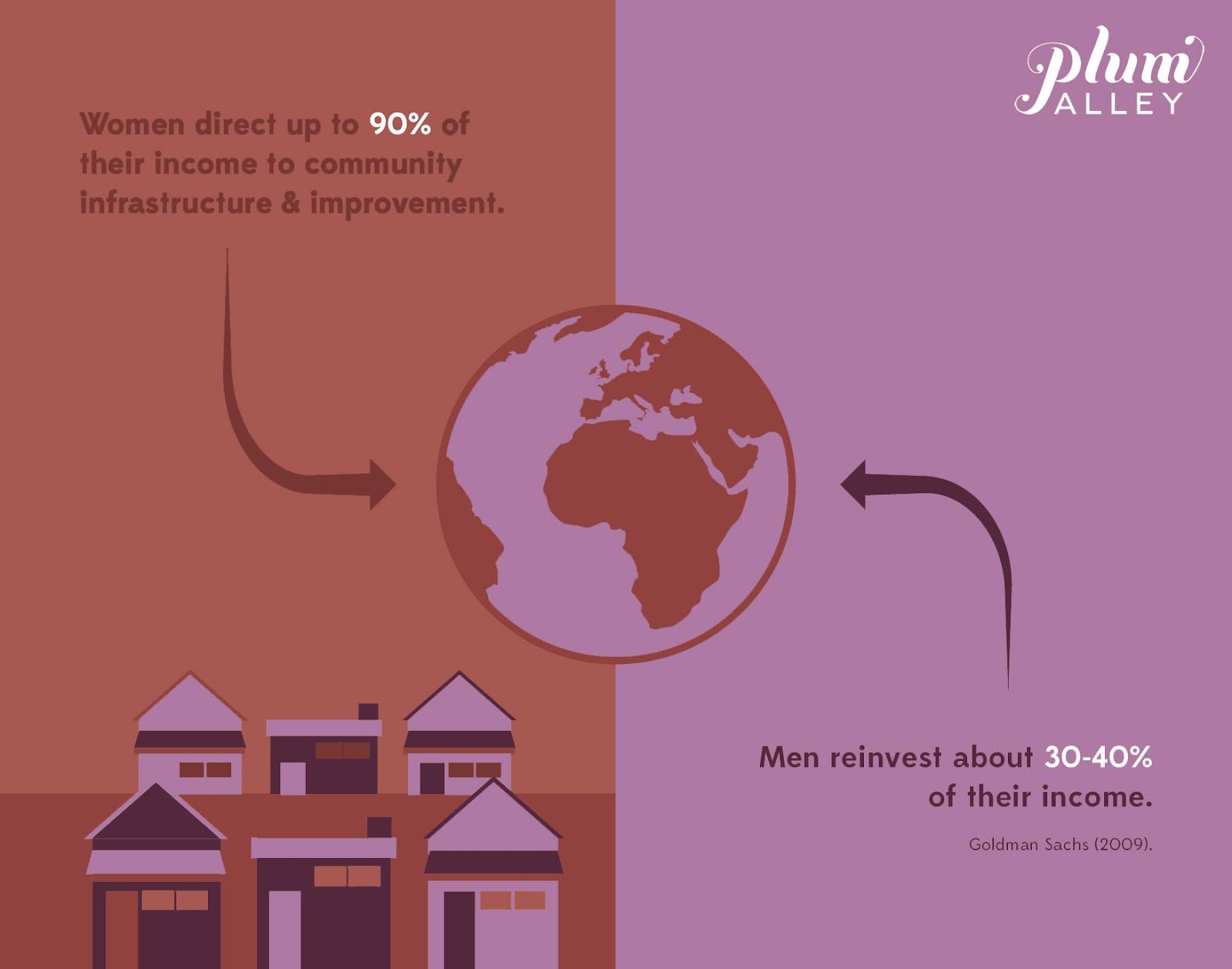In venture capital and investment management, it’s still a man’s world. White males manage more than 90% of venture capital dollars, Forbes reported earlier this year. As recently as 2017, the U.S. Government Accounting Office found that less than 1% of global assets under management were managed by women- and minority-owned asset management firms.
When investment dollars make their way into the markets, most go to companies managed by men. Female founders secured only 2% of venture capital in the U.S. in 2021, according to Bloomberg. That was the smallest share since 2016.
One solution to the problem is for more VC and investment firms to appoint women and minorities into leadership positions. Or, you can do what Deborah Jackson and Andrea Turner Moffitt did in 2011: start your own women-led investment company.
The company they co-founded is Plum Alley Investments, a New York-based venture capital firm that invests in advanced technology and healthcare companies, mainly at the Series A and B stages.

As Barron’s noted in a recent profile of Plum Alley, one of its missions is to invest in companies led by people who historically have had less access to funding – namely, women and minorities. The companies Plum Alley invests in have at least one woman as a founder, which adds up to an addressable market of roughly $40 billion. Beyond that, it looks for disruptive solutions with the potential to solve fundamental global problems.
“It’s not impact for impact’s sake,” Turner Moffitt, Plum Alley’s President and General Partner told Barron’s in an interview. “It’s really innovation for driving world-class outcomes and investing with intention in founders and companies with a different point of view that are best positioned to not only innovate but also outperform.”
Turner Moffitt is one of three women who lead Plum Alley. The others are Jackson, the company’s CEO and Fund General Partner, and Avantika Daing, a General Partner and Managing Partner. All bring a wealth of investment and technology experience to the table.

On its website, Plum Alley says it invests in companies with advanced technologies or medical breakthroughs that “benefit humanity and the planet.”
Among the niches it focuses on are smart hardware and intelligent machines, connected networks, agriculture tech, digital health, and automation and mobility.
Here’s a breakdown of its portfolio of investments:
- 100% of its companies are in STEM (science, technology, engineering, and mathematics) fields with at least one female founder
- 70% of its companies are in technology, and 30% are in healthcare
- 65% are Series A, and 25% are Series B
- The average investment size is typically $1 million to $3 million
More than two-thirds of Plum Alley’s investments are tech companies that develop solutions to address the environment and inclusive growth. One of them is Austin, Texas-based Diligent Robotics, which develops robot assistants that help healthcare workers with routine tasks so they can focus on patient care.

Plum Alley started out investing directly in companies through special purpose vehicles (SPVs), but last year it launched a fund – Plum Alley Venture I – and brought in foundations and other institutional investors.
The market value of Plum Alley’s 27 portfolio companies totaled about $5 billion as of June 2022. Its investments have averaged a five-fold increase in value, though some have risen 20 and 30 times in value. Among the latter is Brisbane, California-based Mammoth Biosciences, a biotech that reached unicorn status in 2021 after achieving a $1 billion valuation.

Lauren Embrey, chair of the Embrey Family Foundation in Dallas, told Barron’s that she has chosen to invest with Plum Alley because of its focus on finding companies with non-traditional leadership that aim to improve the world.
“They’ve done a fabulous job at looking at where the world is, and the gaps, and seeing what’s needed in technologies and innovation,” Embrey said.





